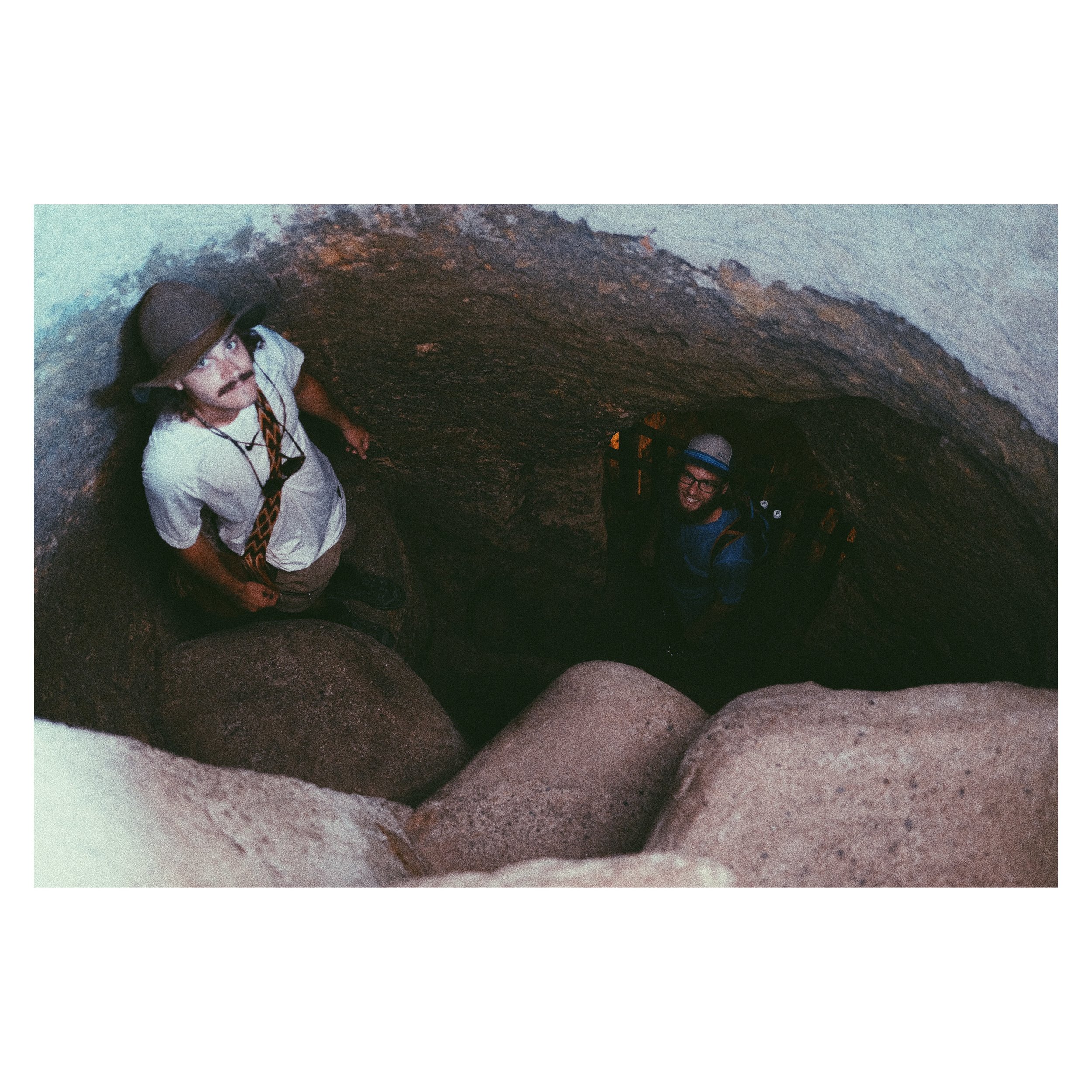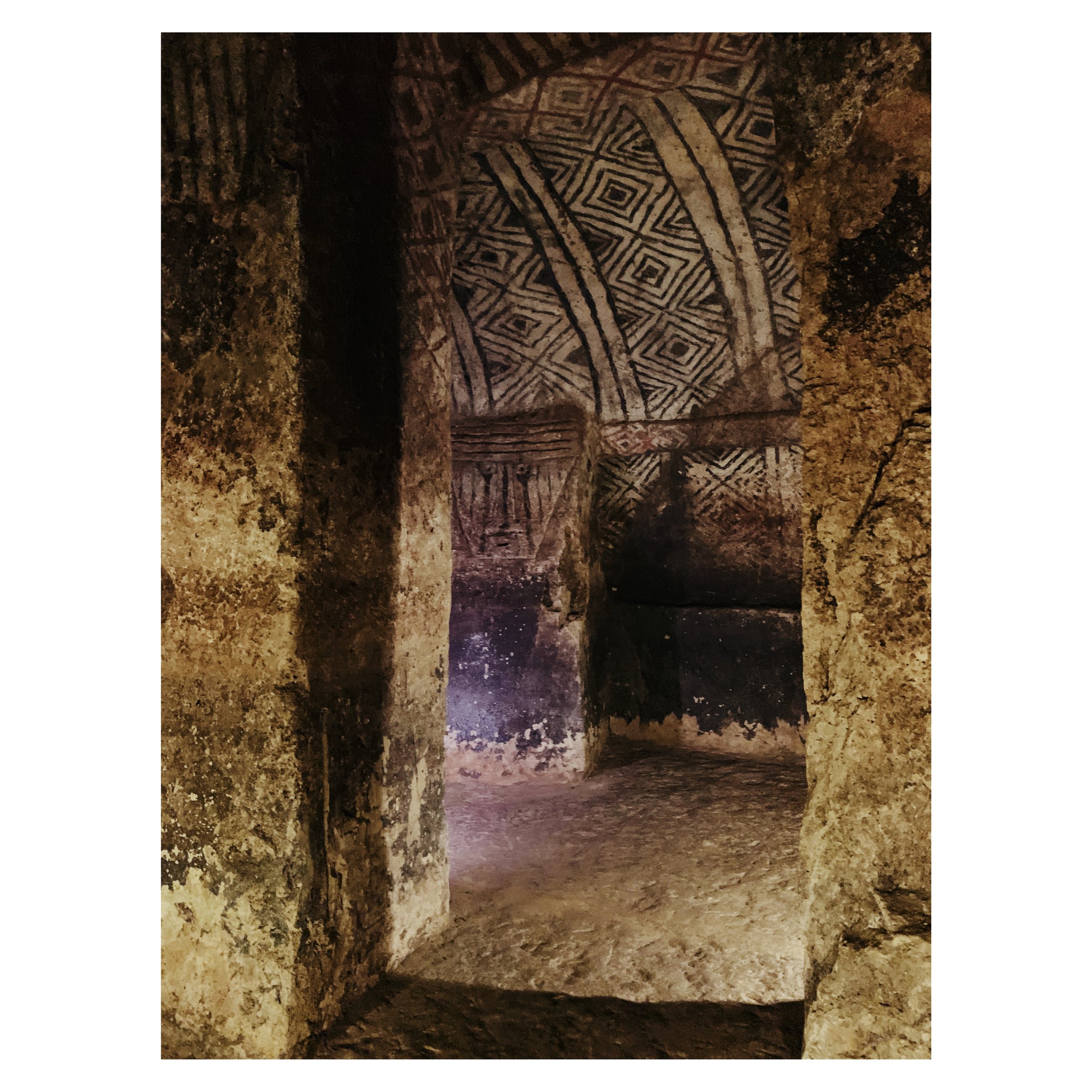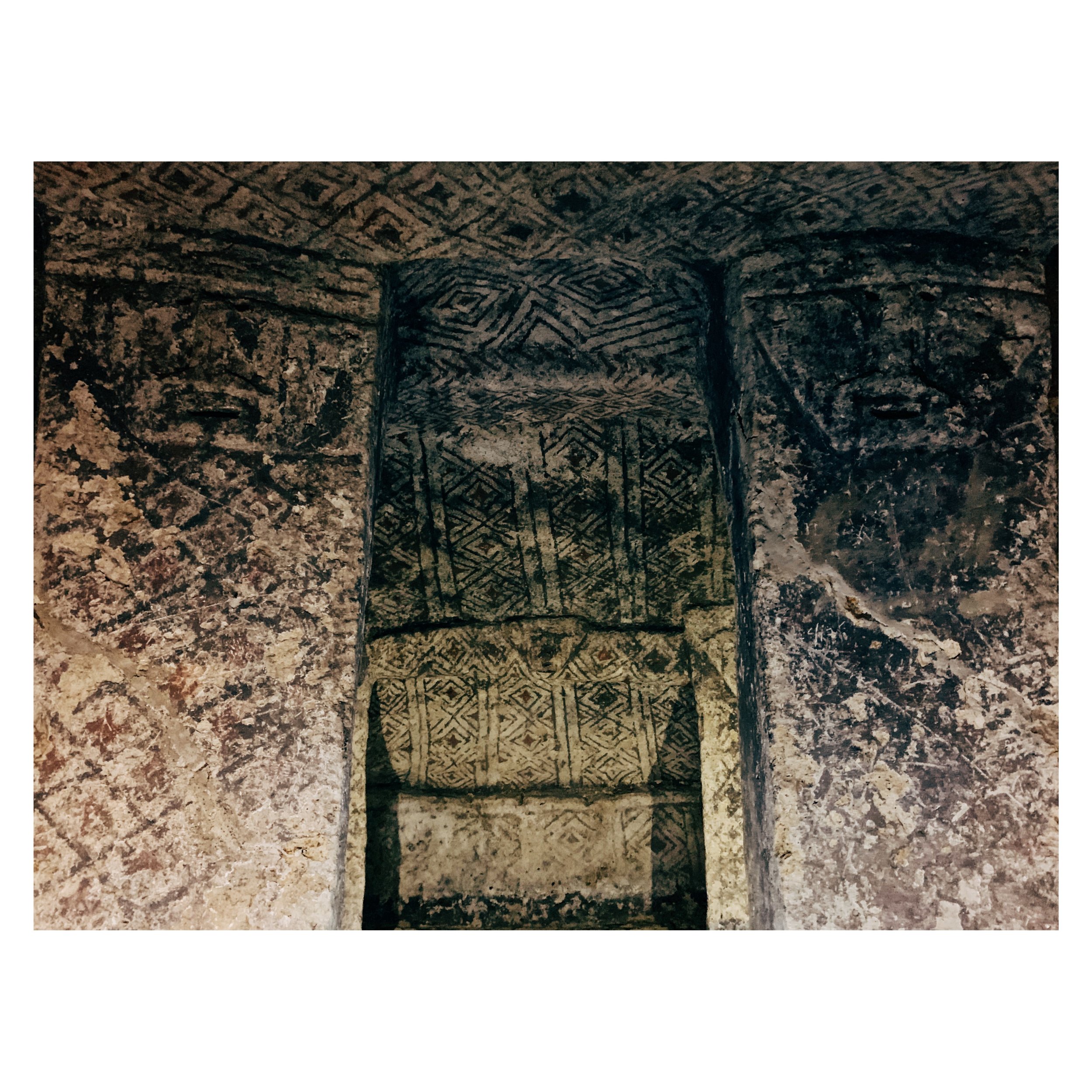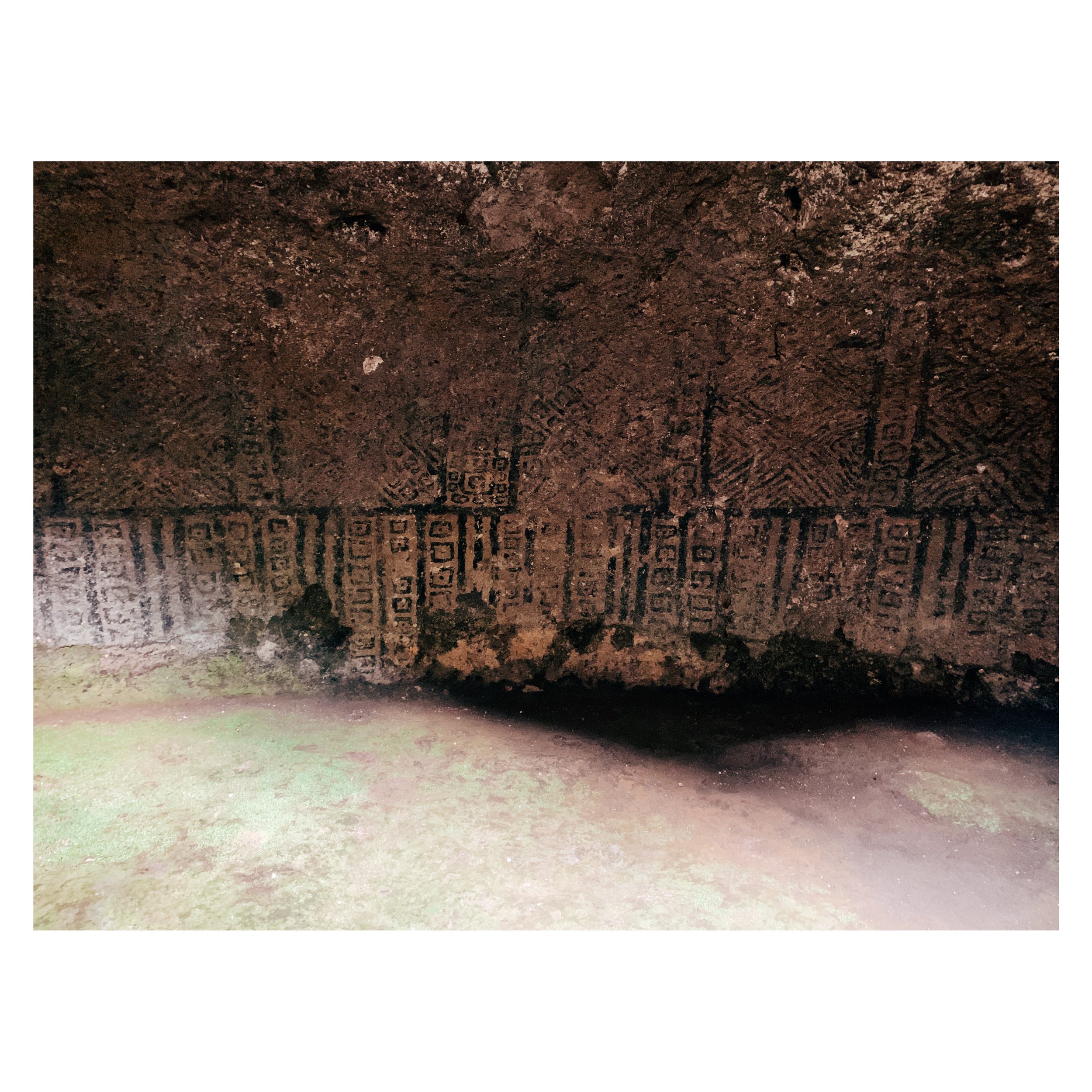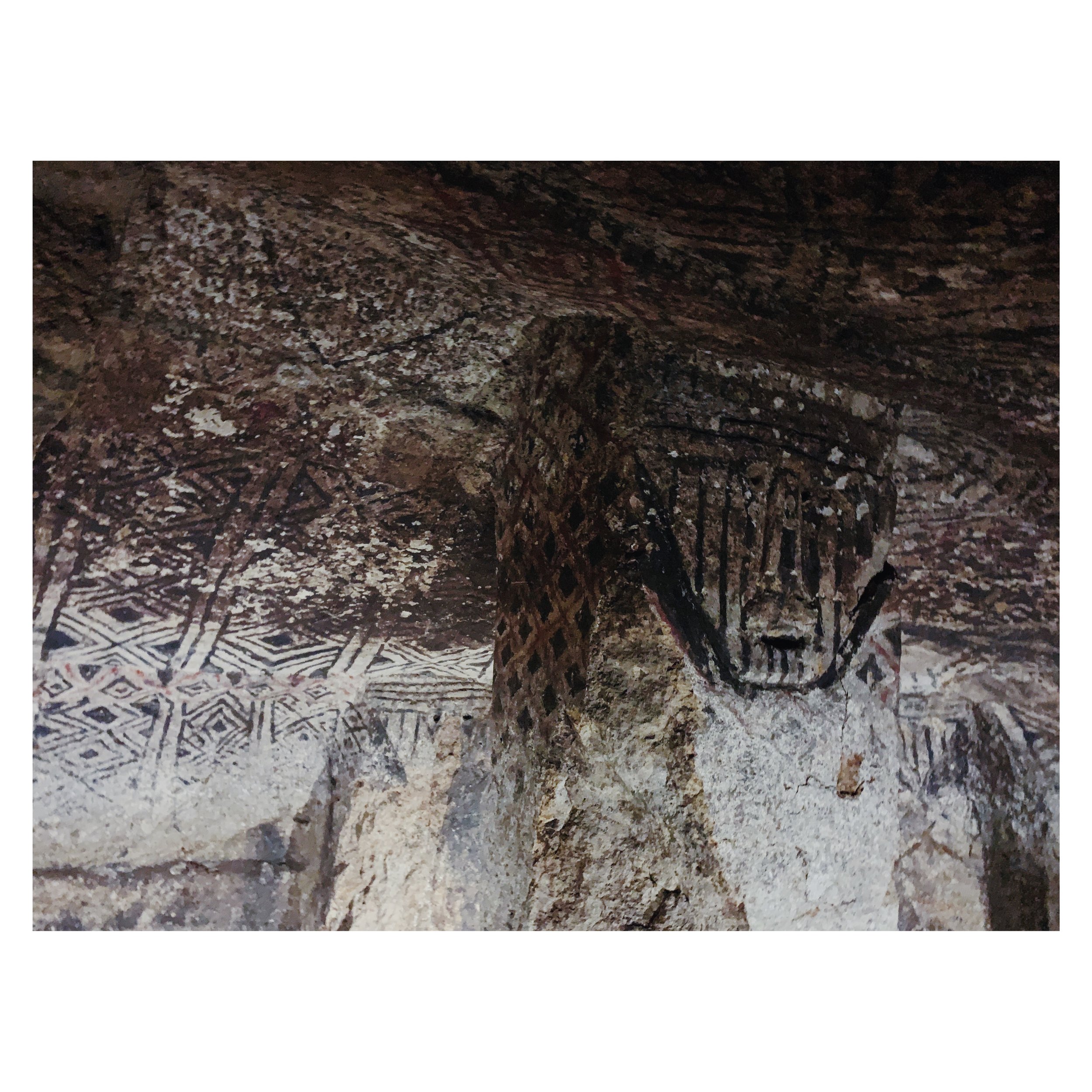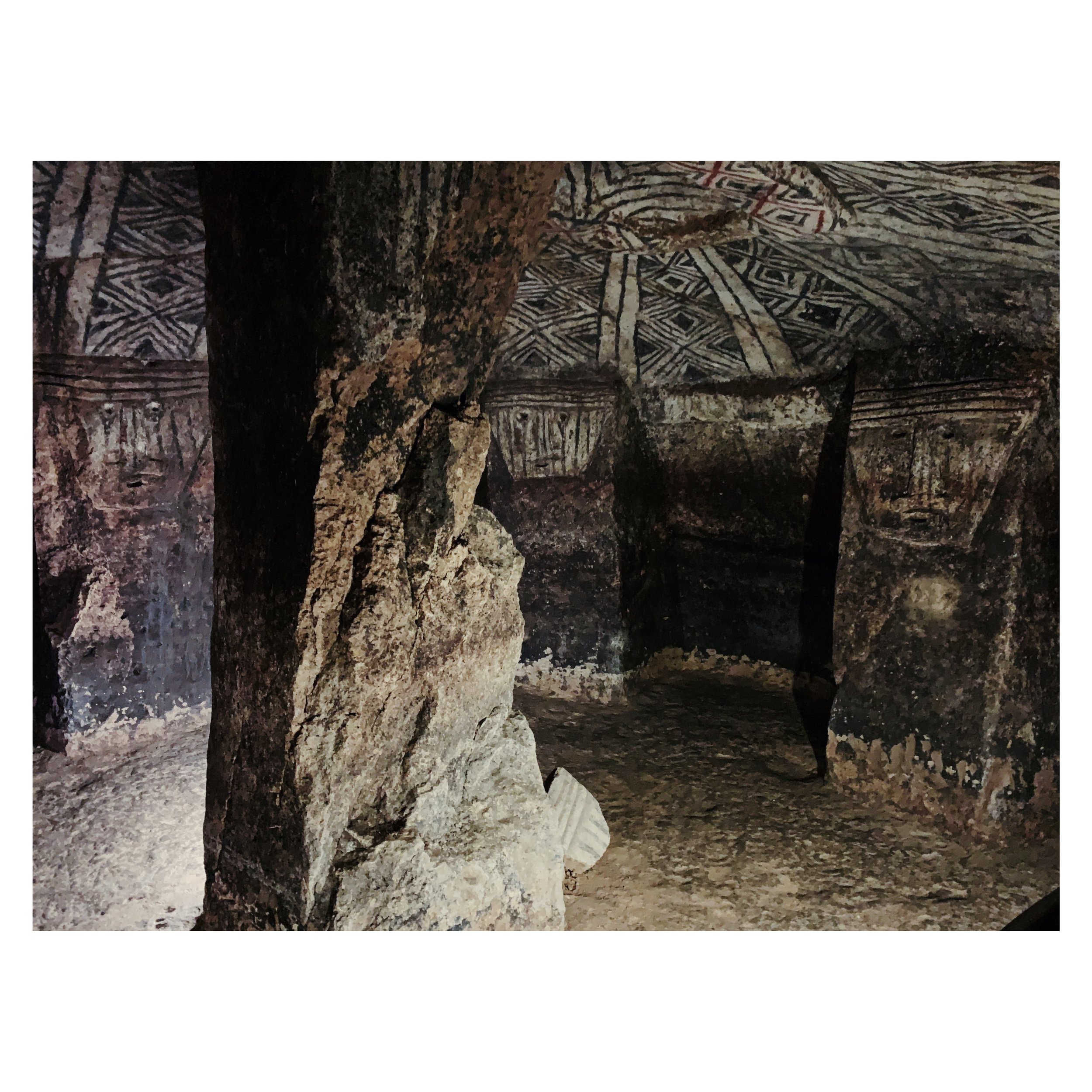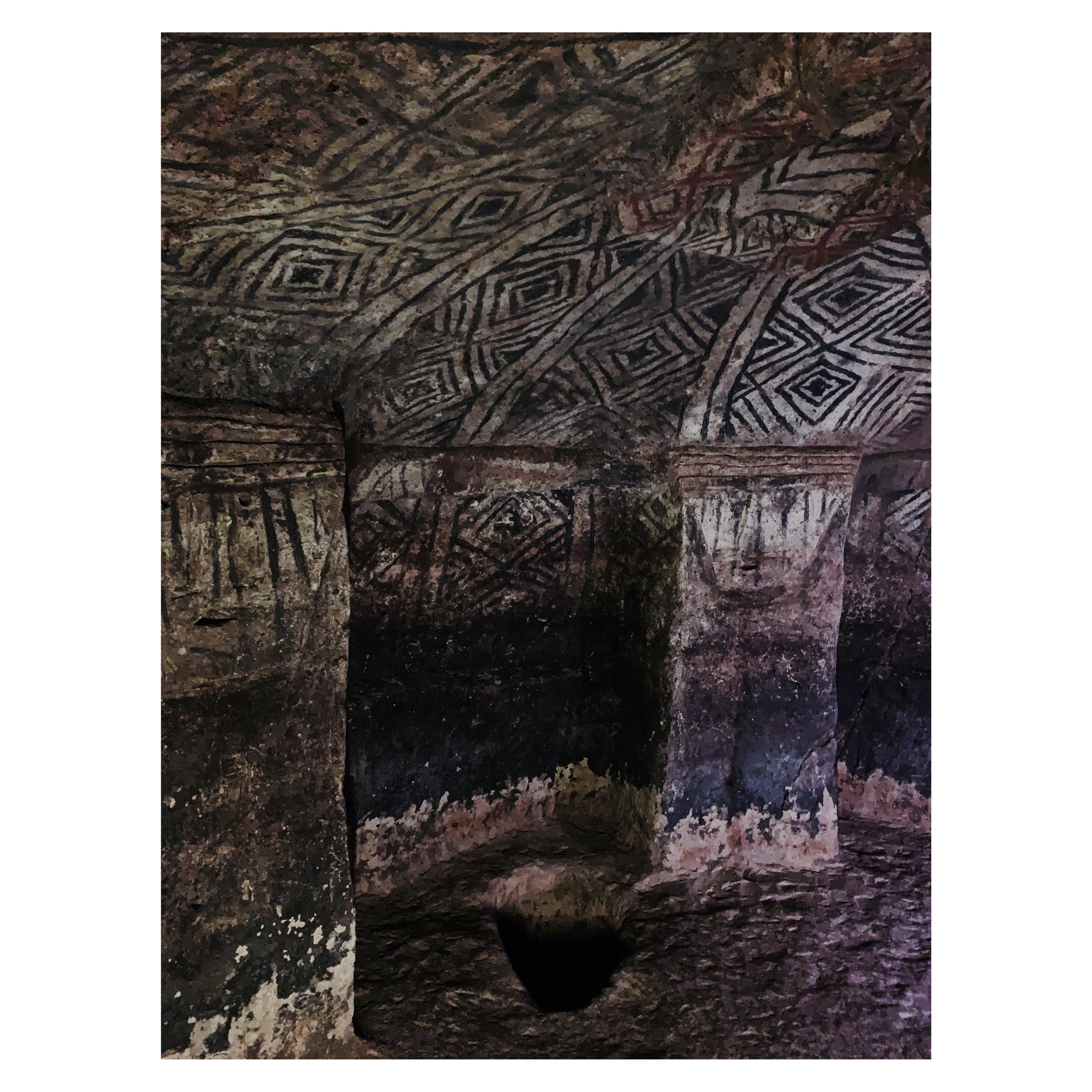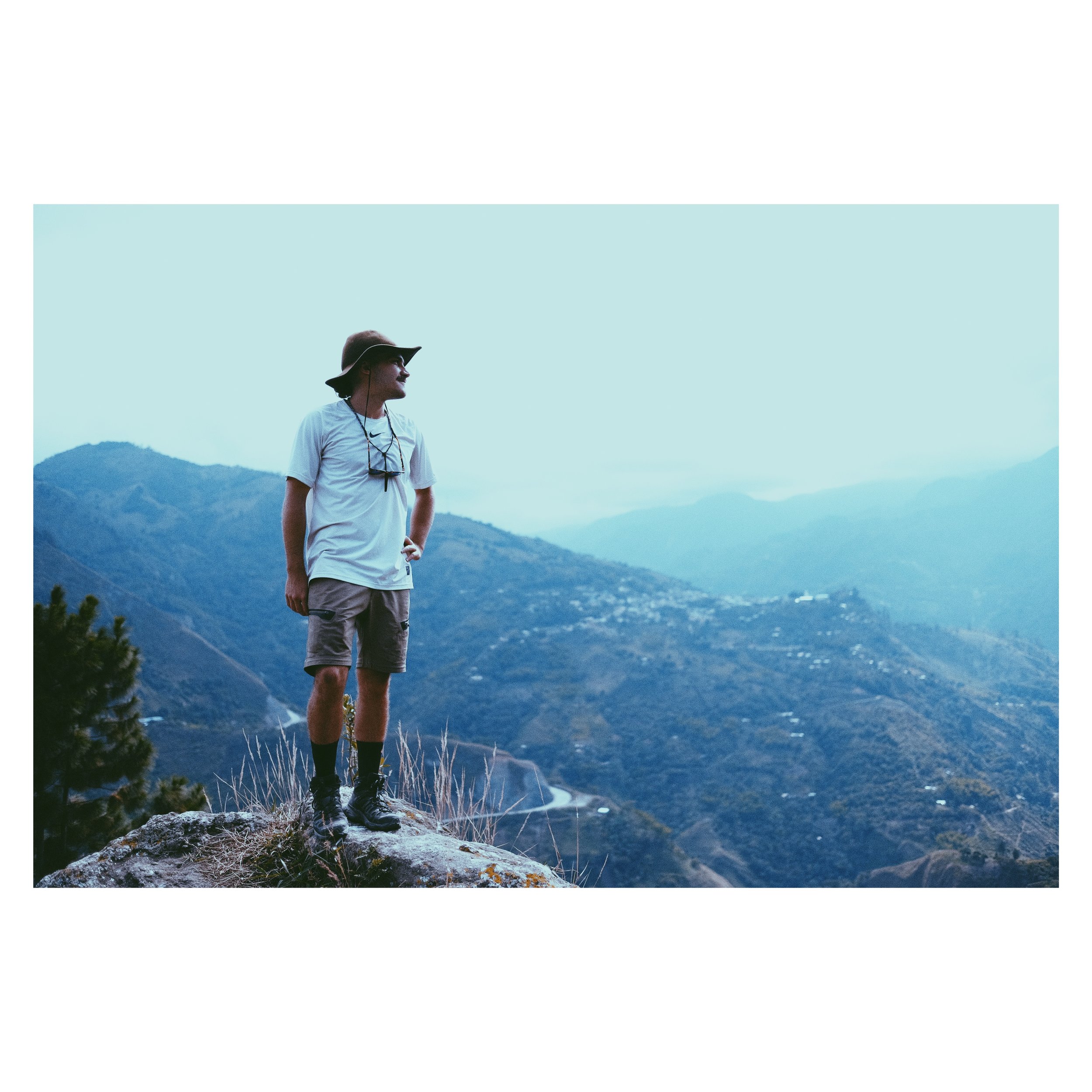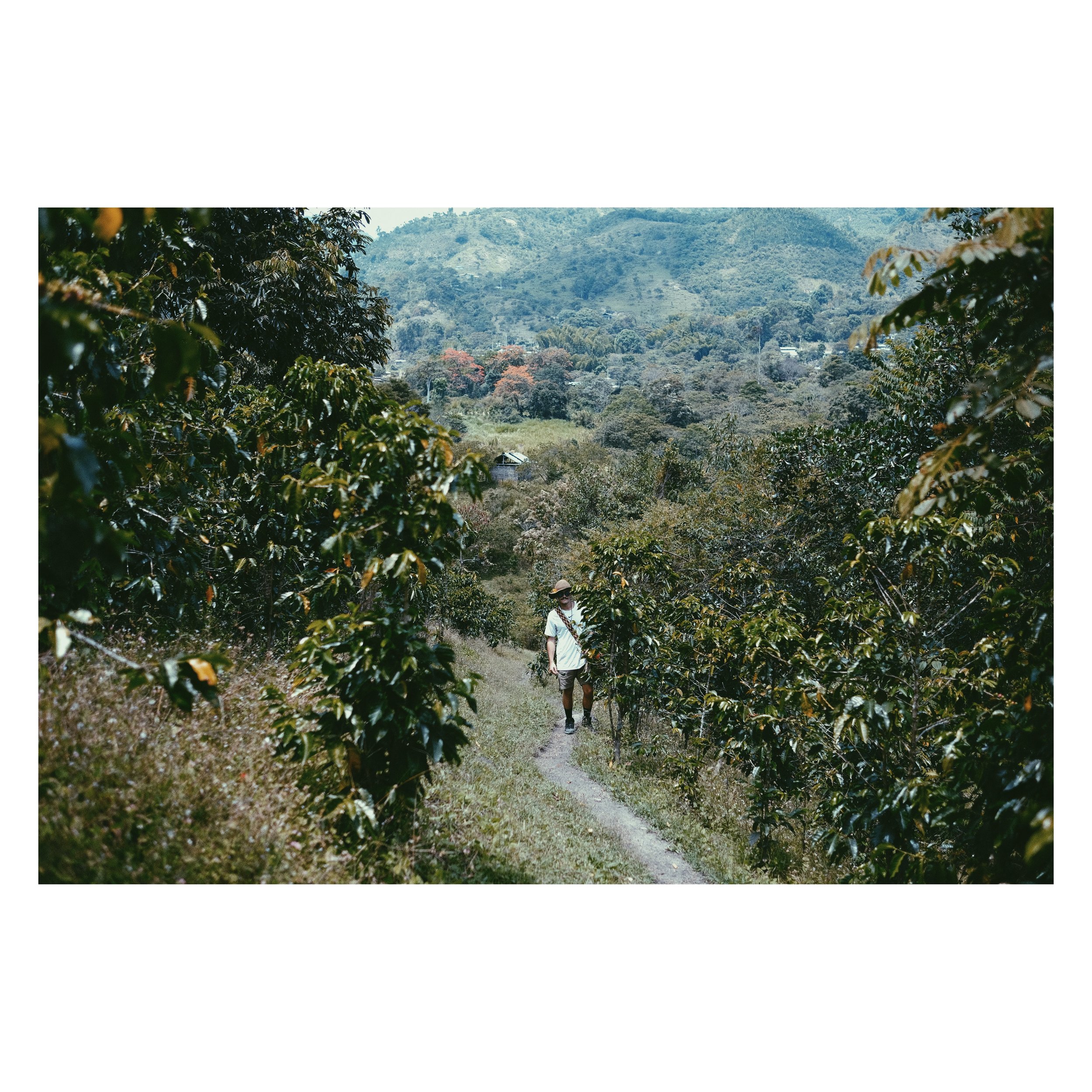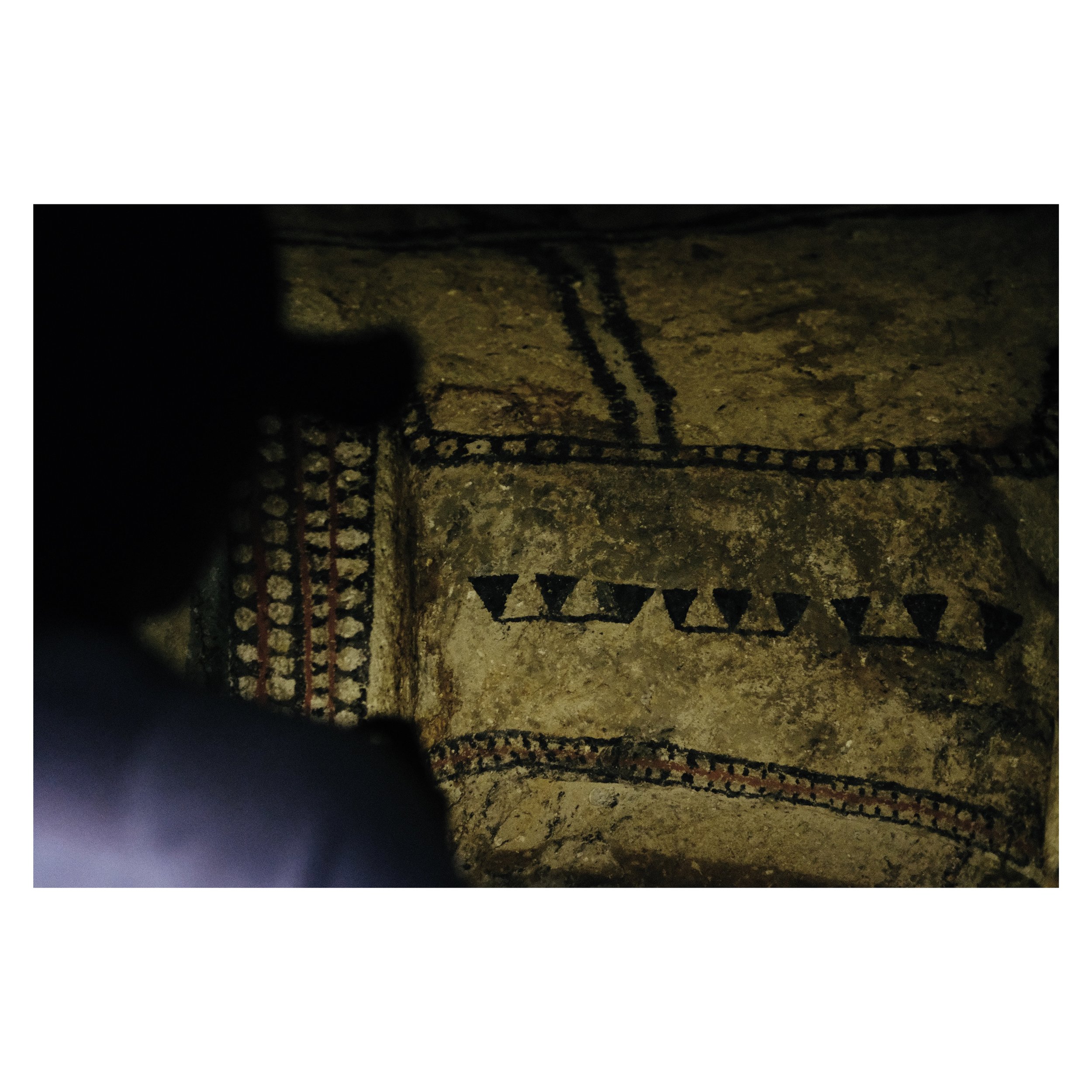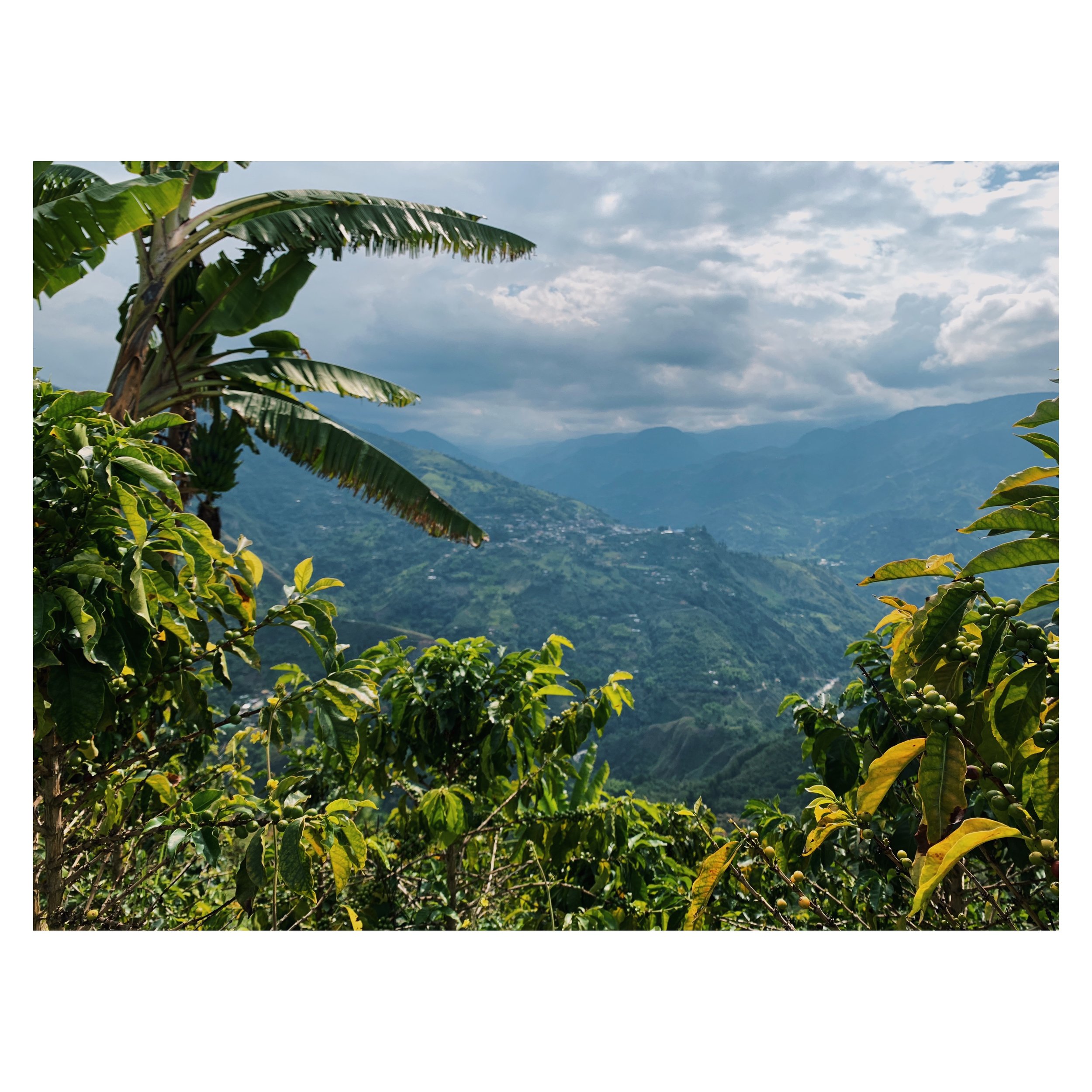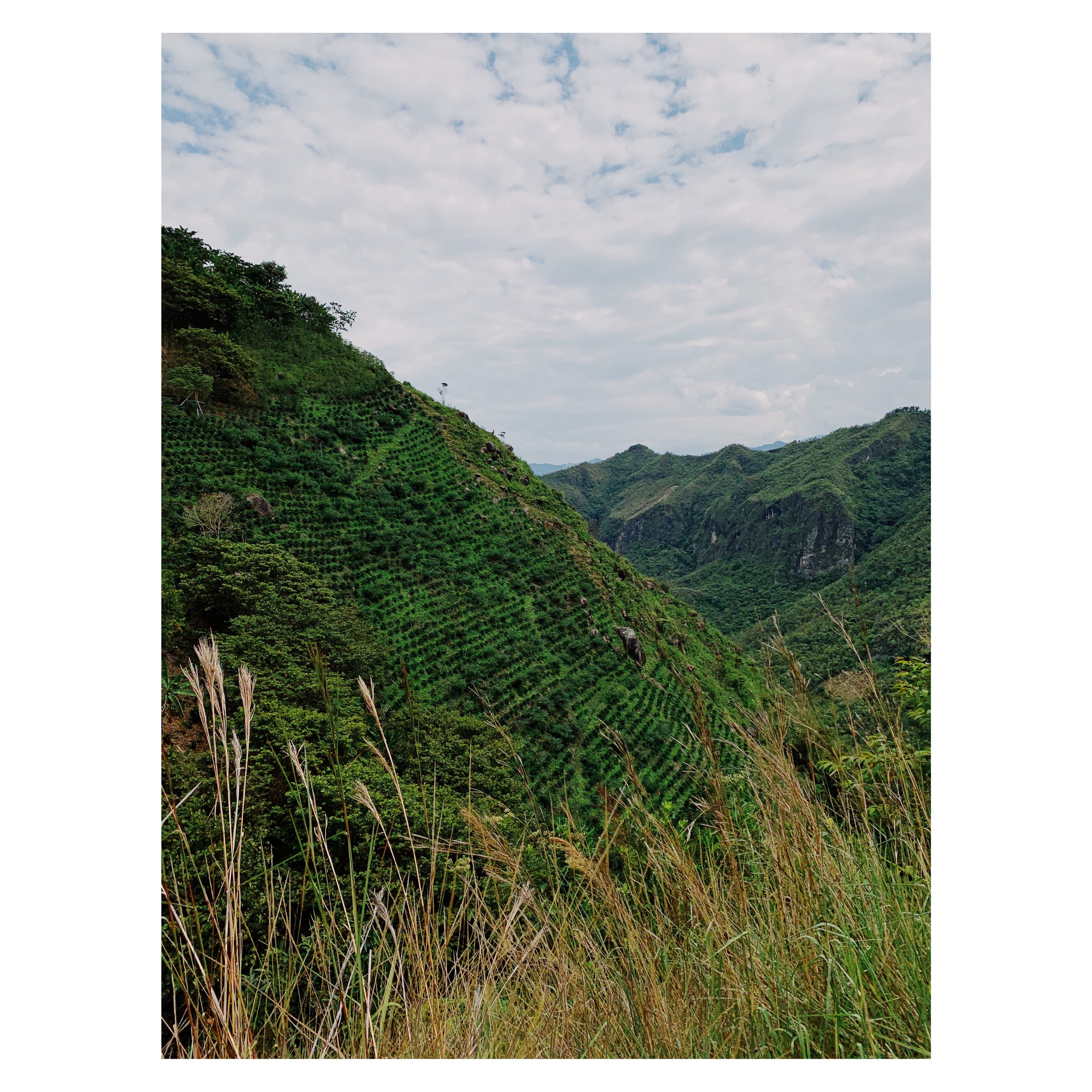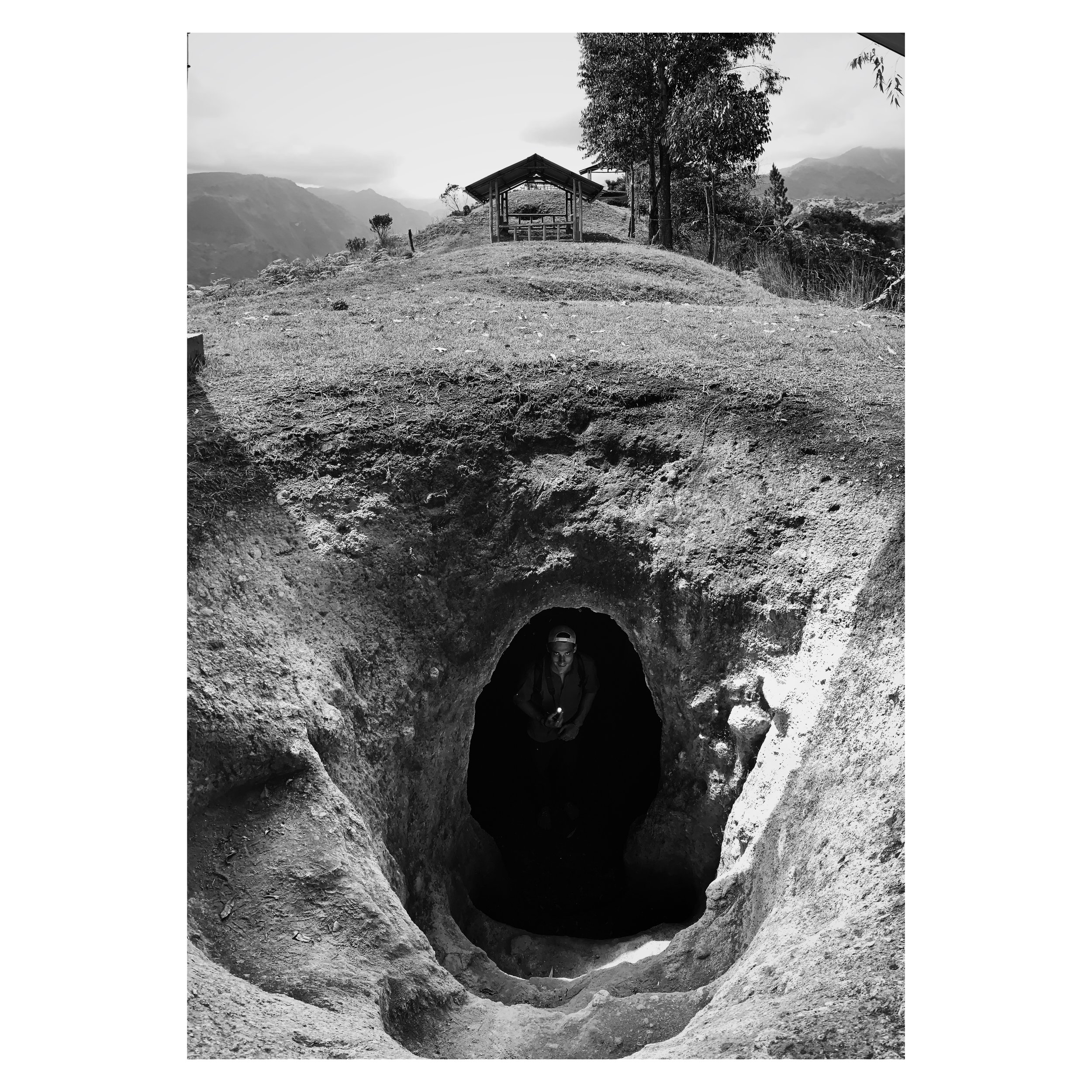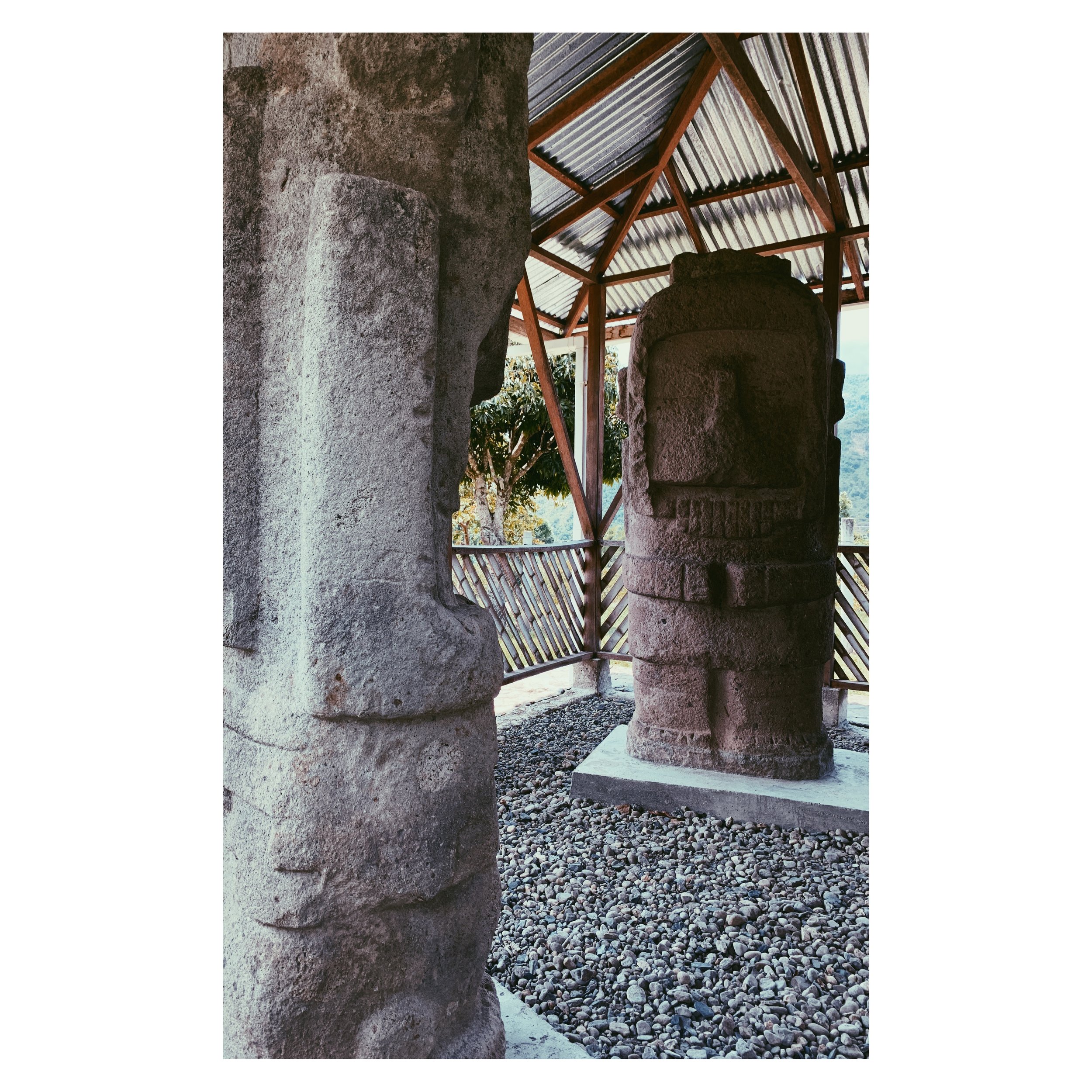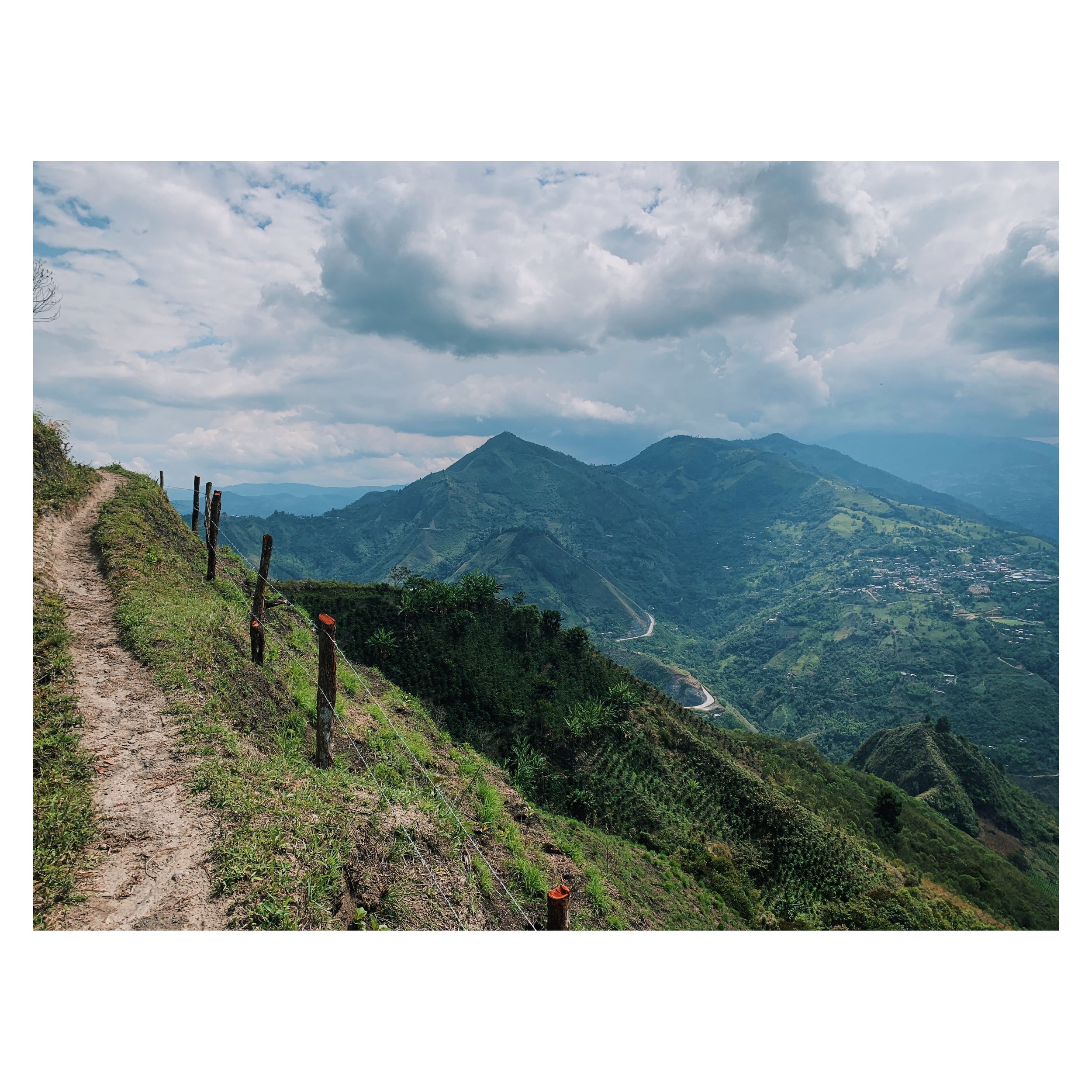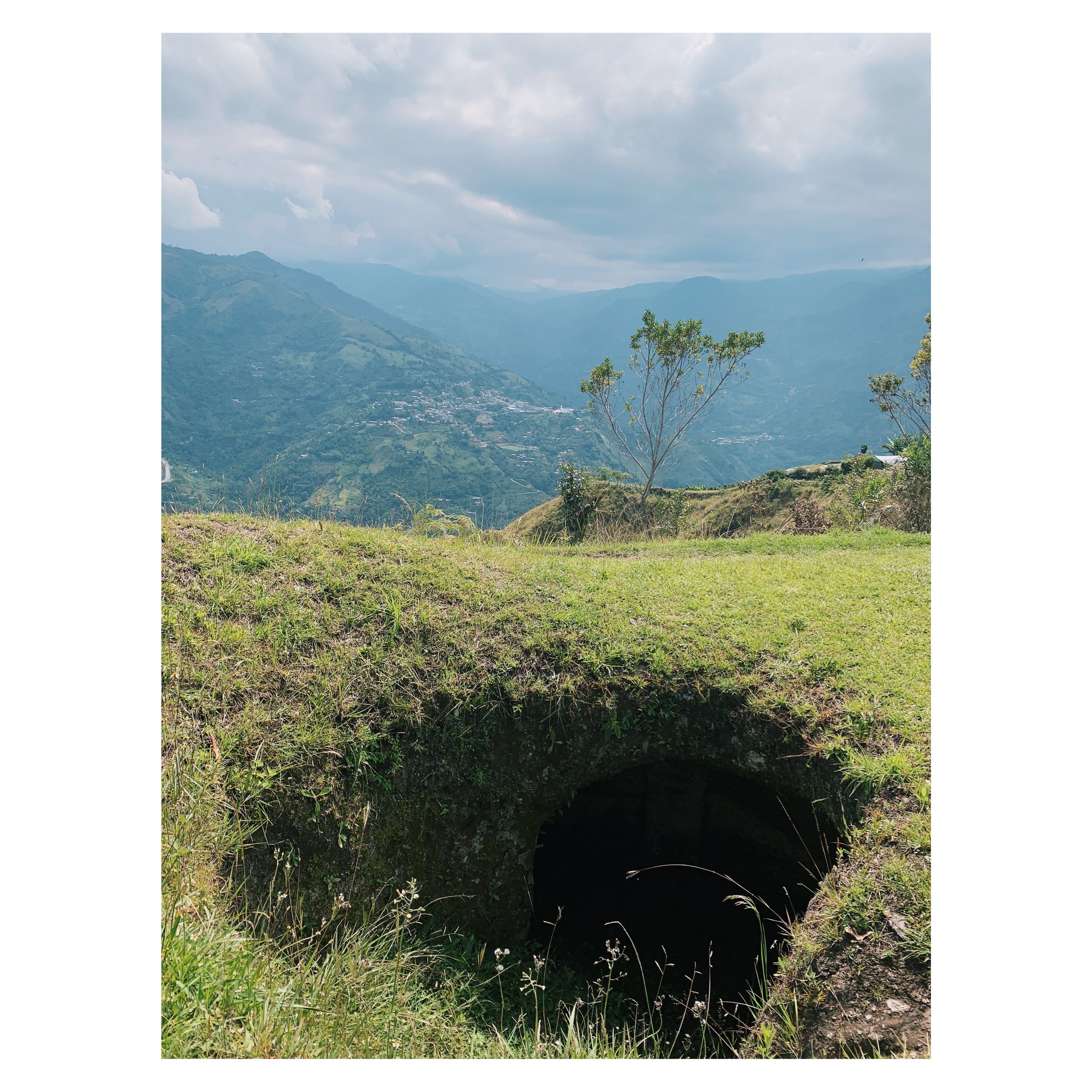Tierradentro, Colombia: Indiana Jones Meets Tomb Raider
Throughout all of America—from Canada all the way down to the southernmost tip of Argentina—burial sites and tombs of ancient societies have been discovered, but no where more so than Tierradentro, Colombia. Located in a central cordillera of the Andes in the Cauca province of central Colombia, the National Archaeological Park of Tierradentro hosts 4 sites (Alto de Segovia, Alto del Duende, Alto de San Andrés, and El Tablón—also Alto del Aguacate, which is technically outside the park boundary) displaying burial tombs from the Tierradentro Society dating back to 600-900 AD.
So far 162 tombs have been found and excavated-mostly for the elite citizens of Tierradentro, though more than half are currently under protection for long term preservation. Even so it’s crazy to imagine that there are likely dozens of tombs scattered throughout the hills of Tierradentro and hidden under current day coffee and banana plantations, the town of San Andrés (2km from Tierradentro), and perhaps even some homes of the local residents.
Under a blisteringly hot equatorial sun and oppressive tropical humidity, us 3 musketeers (my cousin, childhood friend, and myself) set out trying to see all 5 sites of the National Archaeological Park of Tierradentro in an 8 hour timeframe, which we were told was likely impossible. That was fake news.
Without rushing through the sites (but rampaging through the hiking portions) we saw all the open tombs—a couple dozen as many are closed for long term preservation—and were often left speechless at the size and complexity of the tombs as well as their elaborate artwork.
For example, at Alto de Segovia we explored tombs that were up to 9m deep and had central chambers with Hypogea, side chambers, up to 12m (~36 feet) wide. At those underground depths, tombs were often supported by strategically placed columns, pilasters built into the walls, and niches. Beyond the archaeological construction, tombs were artistically decorated with red, yellow, and black painted geometric patterns on the walls (lines, zig zags, tessellations; like the connected triangles dotting walls at Alto de Duende) as well as anthropomorphic and zoomorphic designs, carvings, and statues (only El Tablón) etched into the columns and walls. There were primordial faces, serpents circling columns, salamanders (like at Aguacate), representations of the sun and moon, and other symbolically significant designs.
All of this was created for the (long) dead, and archaeologists believe the tombs held significant importance in the Tierradentro culture. Tombs were constructed in similar design and fashion to homes providing a link between life and death while also displaying the importance death and the journey after life (not journey to the afterlife) held. On top of that, tombs were really constructed for the upper echelon of their society, with more shallow graves (like at Aguacate) created for lower class servants. The whole idea of these tombs in Tierradentro points to the fact that their society was highly structured, complex, and culturally rich in a time before Colombia as we know it and before the Spanish conquistadors.
Journeying around the tombs I felt like Indiana Jones (I even had the right hat for it). Here I am walking through coffee and plantain farms in the Andean hillsides of Colombia, intermittently dipping underground to check out pre-Colombian hypogeas from the ancient, yet developed and complex society of Tierradentro. From surface level coffee terraces to incredibly intricate and sometimes cold, claustrophobic underground tombs; ascending up the quite vertical hill of Aguacate zigzagg then descending the orchard grass ridge overlooking the nearby town of Inza like a mountain goat. A land rich in earthly beauty and a land appropriately named Tierradentro. At many points I was “inside the earth”, or “al dentro de la Tierra.
